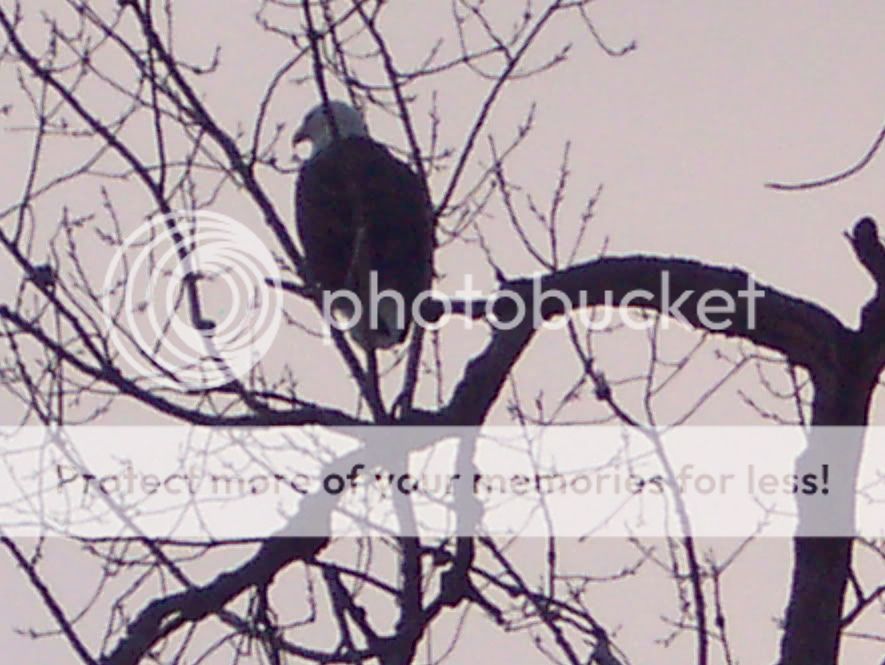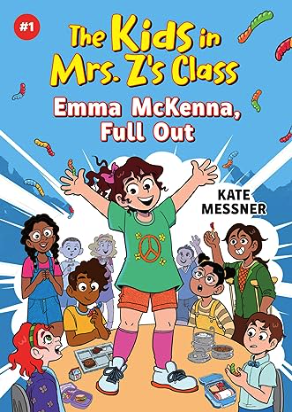I’ve been tagged by
to share five things that most people don’t know about me. When I joined the LJ Community last spring, I had no idea what this sort of thing was all about. What’s a meme? And how do you say that? Meem? Mame? Meemee? Maymay? (Maybe it’s French?) All the tagging business seemed a little cultish, though in a friendly, not-dangerous way. Anyway, I get it now and will happily share, since being tagged is a nice included feeling, like being picked for a kickball team in gym class. I’ll share five little stories from my first career — as a tv news producer & reporter.
1. In 1992, I interviewed Bill Clinton while he was campaigning in Vermont. Okay, interview is a strong word. My camera person and I chased him down. I got to ask him a question, and he answered it. He walked off into the crowd to shake hands, and as soon as he was gone, I realized that my wireless microphone had been turned off the whole time. I caught up to him, explained that I was a technological idiot, and asked the question again. He was kind enough to answer again without making any snarky comments at all.
2. In the same campaign year, I covered a speech by vice presidential candidate Al Gore. It ended late, and the photographer and I were rushing to get back to the car to get tape back for the 11:00 news. Except there was a problem. The car was gone. Turns out it was parked a teensy bit illegally and got towed away. We flagged down a passing car and somehow, though hand gestures, explained our situation and convinced the driver, a recent immigrant from Russia who spoke almost no English, to give us a ride back to the tv station. He took several wrong turns, went the wrong way on the highway, made an illegal u-turn, and got us there at 10:55. We made the deadline.
3. While shooting a story at the New York State Fair one summer, I did a stand-up holding a 12-foot python. We had to stop taping four times because the snake kept wrapping itself around my leg.
4. I was doing a live shot from the newsroom once when a photographer came running into the room behind me with a late tape. By the time he realized he was running into a live shot, he was going too fast to stop, tripped over a chair, and landed at my feet in the middle of my report. I kept talking as if nothing had happened, even though all the viewers had clearly seen a running man fall to the ground over my shoulder. I did pause just for a second, and in that break, if you listened carefully, you could hear a whispered curse from the floor.
5. I used to wear suits, high heels, makeup, and hair spray. (If you know me now, this one is really funny.)
I tag anyone who wants to play, since I can’t be responsible for tagging someone in particular and created added holiday stress while you’re trying to finish baking nut bread or something.














